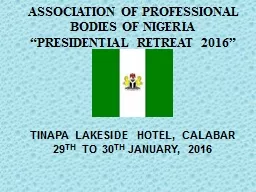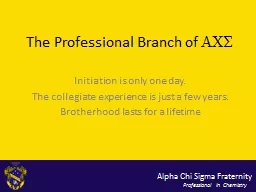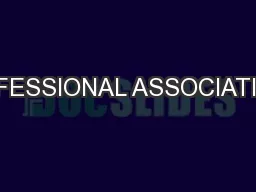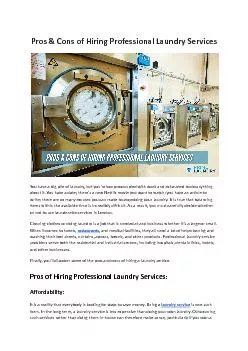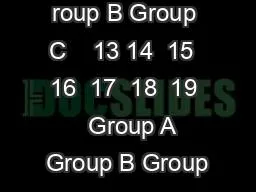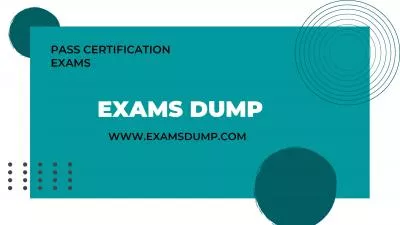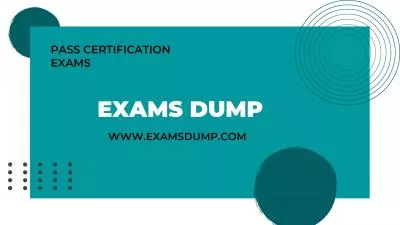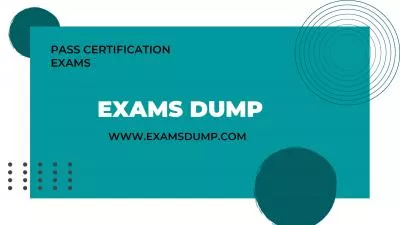PDF-National Professional Services Group
Author : lois-ondreau | Published Date : 2015-10-04
1 CFOdirect Network x2014 httpwwwcfodirectpwccom PricewaterhouseCoopers LLP DataLine A look at current financial reporting issues PricewaterhouseCoopers 2010 x2013 20 April
Presentation Embed Code
Download Presentation
Download Presentation The PPT/PDF document "National Professional Services Group" is the property of its rightful owner. Permission is granted to download and print the materials on this website for personal, non-commercial use only, and to display it on your personal computer provided you do not modify the materials and that you retain all copyright notices contained in the materials. By downloading content from our website, you accept the terms of this agreement.
National Professional Services Group: Transcript
Download Rules Of Document
"National Professional Services Group"The content belongs to its owner. You may download and print it for personal use, without modification, and keep all copyright notices. By downloading, you agree to these terms.
Related Documents


